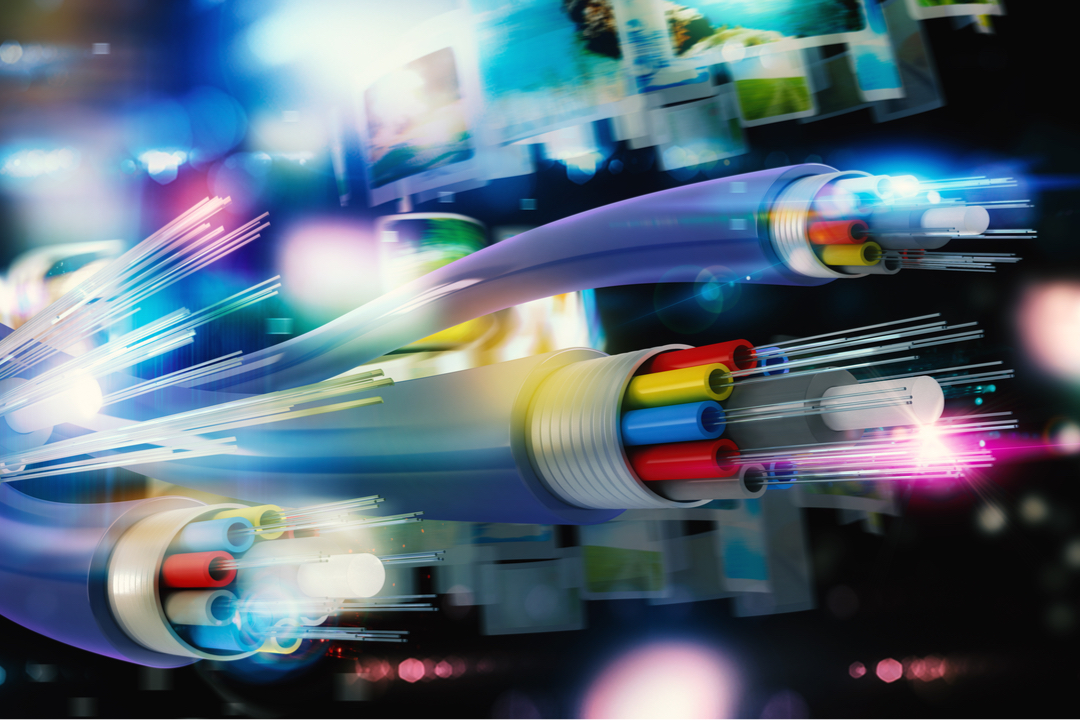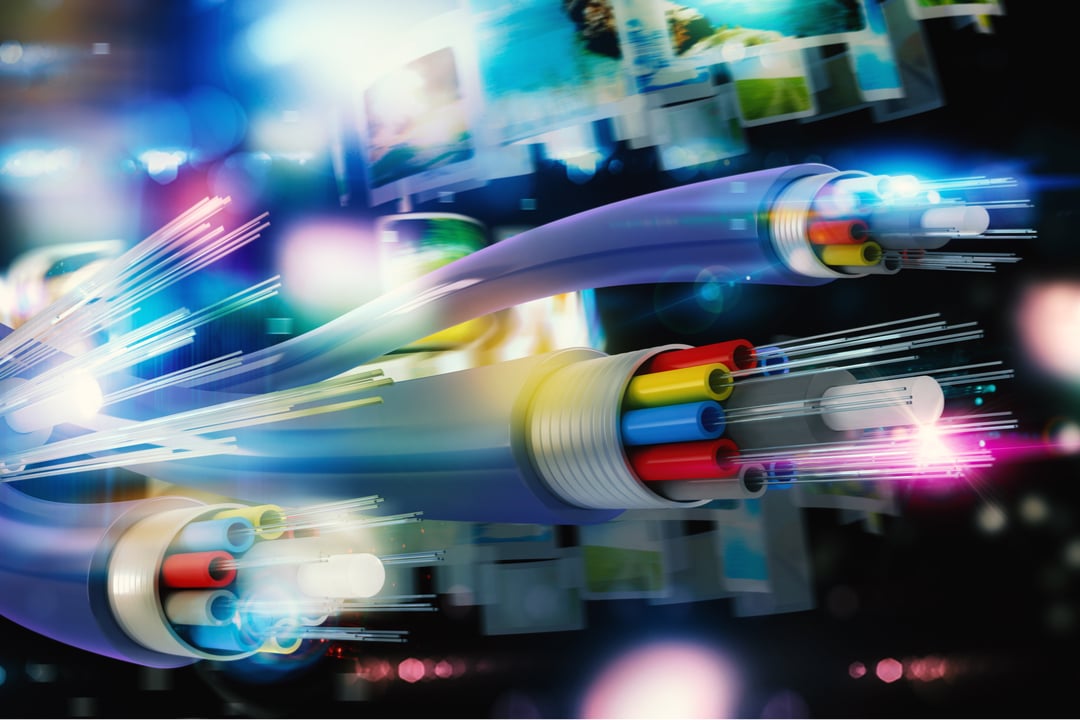
 Fibre is capable of carrying an astonishing amount of data with some clever techniques
Fibre is capable of carrying an astonishing amount of data with some clever techniques
As anyone who has had the pleasure of a fibre connection to their house knows, you can get a lot of data though an optical cable. Tweak the lasers right, however, and you can get an astonishing 661 Tbits per second - all the data the entire internet needs.
A new paper published in Nature Photonics, the catchily titled Single-source chip-based frequency comb enabling extreme parallel data transmission, has set a new benchmark for data transmission rates that contains some fairly mind-boggling numbers.
As the researchers who wrote the paper state, the internet today transmits hundreds of terabits per second and is growing at a rate of 20-30% per year, consuming 9% of all worldwide electricity as it does. The problem is that the massively parallel communication links that have been installed to handle all this do not scale favourably when it comes to energy consumption as most lasers are notoriously inefficient.
So, they looked for a way around all this.
The current state of play sees different wavelengths, ie colours ,of laser light multiplexed together to carry more data via an optical cable. Each of these though has to use a different laser, meaning that energy costs quickly spiral upwards with increased bandwidth.
However, first the team got a single pulsed laser to generate the 80 colours their system required by passing it through a fine wire, a technique which effectively stresses the material and forces it to produce new colours. Then they polarised that light so that each colour was supporting two channels, before then placing it in four different time slots using time division multiplexing.
The raw data rate per colour that all this achieves of 320Gbps is impressive enough, but multiply that by the 80 colours involved in the system and suddenly you jump up to 25Tbps. And that, of course, is per light guiding core. So, wrap 30 of those together into a single cable and you get a grand total of 768Tbps.
Which is when you release that that 661Tbps figure that seemed so jaw-dropping a few second ago does, in fact, include such niceties as forward error correction and redundancy. That is very much a real world figure.
How much of a real world application this will have in turn is, of course, the 661 terabyte question. Signal amplification is still a significant energy cost in the fibreoptic chain, and all that modulation to encode the data will have a cost too. But, even in terms of just moving the goalposts regarding what is possible, it’s a paper that could well go on to have implications.
Now, about those 8K data rates everyone is stressing about…
H/T to Ars Technica.
Fibreoptic image: shutterstock.com
Tags: Technology



Comments